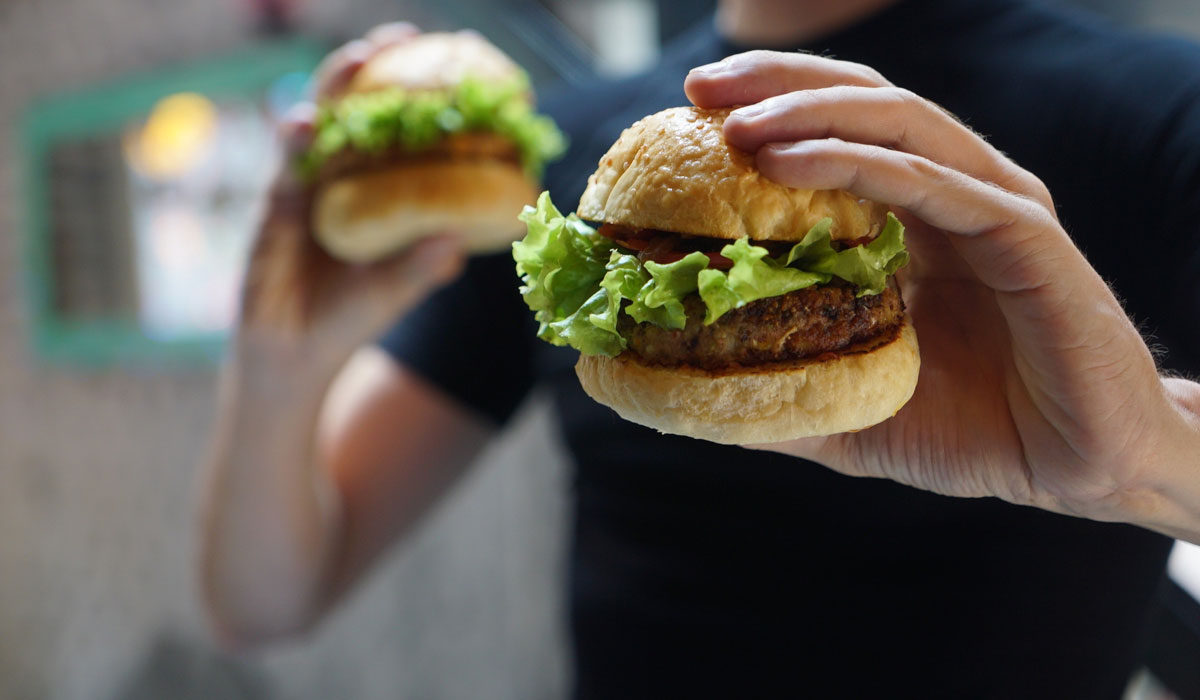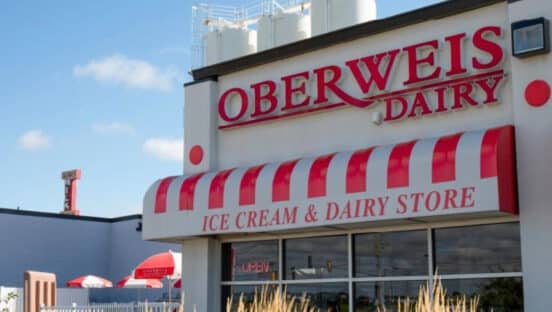The restaurant industry is no stranger to trends. A continually shifting consumer base and high competition have always driven the sector to pursue new ways of doing business. One of the most recent and intriguing of these trends is the rise of virtual kitchens.
Virtual kitchens, also called ghost, dark or cloud kitchens, are restaurants without a dining area. They either serve as off-premises support kitchens or standalone delivery and takeout-only businesses. It’s a decidedly unorthodox model, but one that’s growing in popularity lately.
In the wake of the COVID-19 pandemic, the restaurant industry has had to adapt. Many establishments took the form of embracing the ghost kitchen.
Times Are Tough for Restaurants
The pandemic has wreaked havoc on the restaurant industry, with nearly 100,000 establishments closing six months after the first shutdown. In many states, restaurants weren’t able to host dine-in customers, and some places still have such restrictions. Amid this challenging time for traditional establishments, virtual kitchens provide an answer.
A takeout and delivery-only model will comply with any regulations and won’t confuse customers by changing its service. Since ghost kitchens don’t need dining room furnishings, they’re often much more affordable to set up. The extra room also gives facilities the space they need to fulfill more orders.
Many cloud kitchens host multiple businesses, like shared workspaces for restaurants. This model drastically reduces building-related costs like rent. Restaurants can then keep serving their customers while eliminating many overhead expenses, staying afloat amid recent challenges.
Delivery Is on the Rise
The ghost kitchen trend also capitalizes on the rising popularity of delivery. Even before the pandemic started, the restaurant industry was moving toward a more delivery-centered approach. The success of businesses like DoorDash and UberEats demonstrates how much today’s consumers appreciate delivery services.
Meal delivery orders increased by more than 150 percent between 2019 and 2020. At that rate, experts expect the food delivery market to be worth $365 billion by 2030, a tenfold increase over today. By focusing solely on takeout orders, dark kitchens make the most of this developing trend.
In the past, adopting a delivery-only model may have been economically unsustainable. Now, it’s become evident that a business could easily survive without taking dine-in customers. In some circumstances, these restaurants may even be more profitable than traditional ones, considering their lower operational costs.
Virtual Kitchens Meet the Demands of a Digital World
It’s also hard to ignore the impact of an increasingly digital society on the restaurant business. Almost every facet of life has embraced the digital sphere, and companies that can’t do the same may not survive long. While virtual kitchens don’t necessarily have to support digital services, it’s a natural combination.
A delivery-only establishment focuses on making the most of delivery services, which includes digital integration. It can easily integrate a digital ordering system and, more importantly, fill orders faster. Since it doesn’t have to serve dine-in customers, it can push out deliveries more quickly, meeting a digital society’s demand for near-instant gratification.
Millennials, who grew up with the internet, are the largest generation in the U.S. now. That means that the most substantial market segment has grown accustomed to fast service. A traditional restaurant may not be able to meet these demands, but ghost kitchens can.
Virtual Kitchens Can Help Expand Restaurants
For new or smaller restaurants, dark kitchens can be a profitable alternative to a traditional model. Larger establishments or chains can use them differently, turning to them to complement their dine-in services. When they look to expand, these more affordable restaurants can help them do so with minimal risk.
Roughly 45 percent of new businesses fail during their first five years of operation, and that figure could be greater for high-competition industries like restaurants. Poor location and misunderstanding of the local market are common reasons behind these closures. To avoid these pitfalls, restaurant owners can open a less expensive virtual kitchen to get to know an area.
Since ghost kitchens cost so much less to operate, they’re less risky to open. Expanding businesses can use them to see how a market could respond to a new type of establishment or food before investing in a full restaurant. If it proves a success, restaurants can either keep the expansion as a virtual kitchen or grow it into a more traditional establishment.
The Face of the Restaurant Industry Is Changing
Customer culture is in the middle of a substantial shift, and restaurants are feeling the effects more than most. Traditional restaurant models won’t necessarily become obsolete, but it is becoming harder to maintain them without some adjustment. Many establishments need to change to stay afloat, and virtual kitchens could provide what they need.
Demand for dine-in service will likely never disappear entirely, but it is falling. Ghost kitchens offer a newer, more flexible solution for an increasingly digital world. In a few years, these restaurants could be more common than not.
Emily Newton is the Editor-in-Chief of Revolutionized Magazine. She has over three years experience writing for the food and beverage industry.













